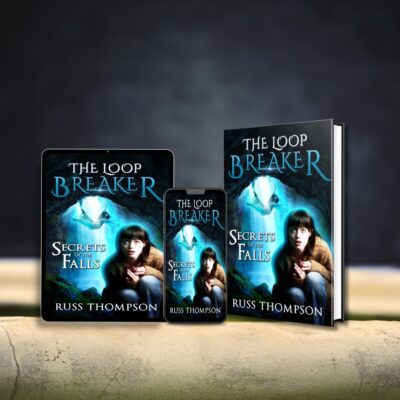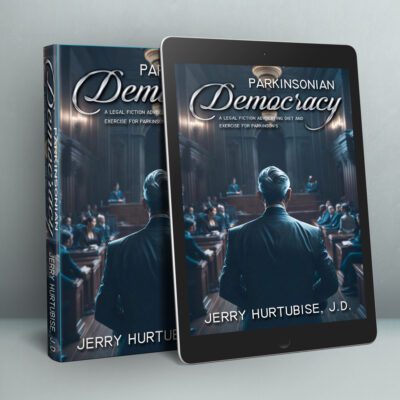You could have the most artfully crafted characters and it wouldn’t matter if your narrative voice isn’t on point. This tremendously undervalued literary tool is more than just the faceless storyteller; it is your reader’s gateway to your world and the minds and motivations of your characters. It’s important that you understand the types of narrative voices in your toolbox and the effect they can have on the reader and story.
Understanding Point of View
Let’s start with the basics. You probably remember these terms from your high school English class, but we’ll take a moment to review them as they are the core building blocks of the narrative voice.
- First Person – This popular narrative point of view involves a narrator speaking directly to a reader. This narrator could be an active participant in the story (Twilight) or a somewhat more passive observer (The Great Gatsby). Typically, first person is singular (I, me), but some authors have experimented with the first person collective (we). Look to Joshua Ferris’ And Then We Came to the End for more examples of first person collective.
- Second Person – This is a less common narrative point of view. It also involves a narrator speaking directly to a reader. However, in this case, the reader is a participant in the story. The pronoun “you” brings them in to the fold and implies that they are part of the action. This is not to be confused with the “you” that might occur casually in first person speech.
- Third Person – This is another common narrative point of view. The third person tends to be omniscient (all-knowing) and provide the reader with samplings from a variety of points of view or from a single one. This point of view involves “they,” “them,” “he,” “she,” and “it.”
What You Want the Audience to Know
Choosing a narrator is about more than just what pronouns you select. It’s about the kind of information you want to give your reader and how. Do you want them to have knowledge that the character’s don’t? Do you want them to only experience the story through the character’s eyes? Here’s where you answer those questions.
- Omniscient – As we already briefly stated, the omniscient narrator is all-knowing. He or she knows what the character is doing at all times and why. The reader can trust the omniscient narrator to always tell the truth, making the story easier to follow. This can be helpful for complex plot lines, but is by no means necessary.
- Limited – A limited narrator doesn’t tell you everything because he or she doesn’t know everything. The limited narrator can only speak of what he or she is experiencing. This is most commonly done with first person point of view, but can be accomplished with other points of view. George R. R. Martin accomplishes this with third person point of view that focuses heavily on one character’s perspective at a time.
Other Types to Consider
The categories discussed above cover the basics of narration. However, there are some more specific types of narrative that might come in handy. Consider the following narrative styles for your next project.
- The Unreliable Narrator – This is a limited narrator. However, it doesn’t stop there. An unreliable narrator provides the reader not only with incomplete information, but also with incorrect information. The unreliable narrator is unreliable because he or she is a victim of his or her own prejudices and perceptions. The reader must learn to separate fact from exaggeration or misconception.
- Rotating Narrators – This is quintessentially George R. R. Martin. However, he didn’t invent this style. Rotating narrators can be an effective way of telling a complex story by showing different perspectives. When paired with unreliable narrators, rotating narrators can also help readers piece together multiple biased points of view in order to understand a larger story.
When developing your next story, don’t let the narrator be an afterthought. Consider tone, language, and perspective. Give your narrative voice the same care you’d give any of your other characters. Most of all, make sure it’s one you feel comfortable with. You’ll be using it for a while.







